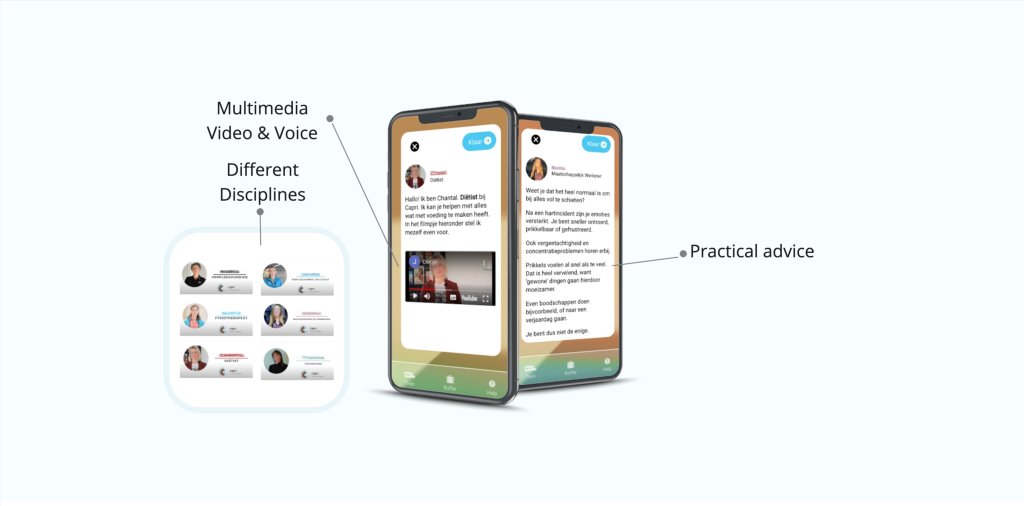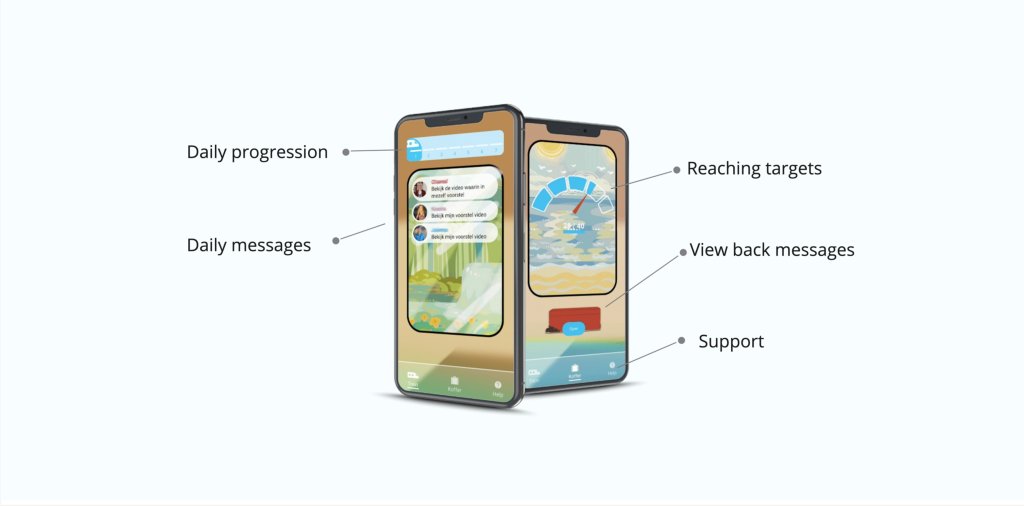Jasper Faber, Jos Kraal, Nienke ter Hoeve, Isra Al-Dhahir, Linda Breeman, Niels Chavannes, Andrea Evers, Hans Bussmann, Rita van den Berg-Emons, Valentijn Visch
Socioeconomic position (SEP) significantly impacts health outcomes, with individuals in lower SEPs experiencing a seven-year reduction in lifespan due to chronic illnesses like cardiac disease. Cardiac rehabilitation (CR) reduces mortality following a cardiac event, but there are pronounced differences in the effectiveness of and adherence to CR among low SEP patients, particularly during the waiting period following their discharge from hospital when patients are most receptive to lifestyle advice. However, support typically begins eight weeks later when CR starts and people's motivation for CR participation and lifestyle changes decrease, especially among low SEP patients. To better utilize this "teachable window," it is crucial to offer motivational support during this period.
Should healthcare be responsible for guiding patients during care gaps?
We developed the CapriXpress eHealth app to support patients with low SEP during their waiting period. We conducted a Contextual Inquiry to understand patient needs and identify design opportunities, This was followed by brainstorming and co-creation to develop the app concept, and Formative Evaluation to test usability and refine the app based on feedback.
CapriXpress features a playful, user-friendly interface with a calendar-based train journey metaphor representing progress toward cardiac rehabilitation. Daily messages to track progress can be viewed and saved in a 'travel bag'. The three main features of the app are: introductory videos from healthcare providers about cardiac rehabilitation and various disciplines; audio stories from individuals with similar experiences for emotional support; and advice on safe, health-promoting activities during the waiting period to encourage a healthy lifestyle.
We developed and tested an initial prototype of the CapriXpress app in a small-scale feasibility study with 20 participants for use during their waiting period. The results indicated good adherence and acceptance among participants, suggesting the app’s design is well-suited for the target group.
While the prototype and feasibility study provide a valuable first step, further refinement is needed to enhance the app's impact. Future work should focus on improving content relevance by applying personalization strategies and commitment to sustainable implementation of the app into the CR care pathway. Additionally, adapting the app to address other care gaps, such as in the pre-operative setting, could expand its reach.





